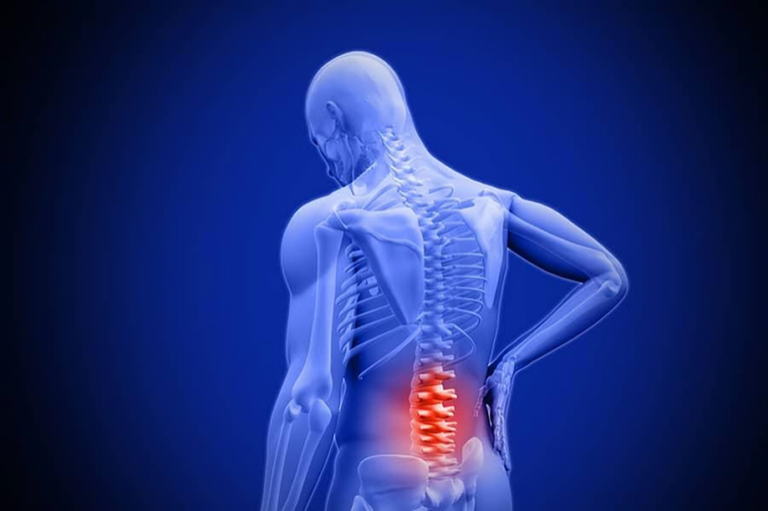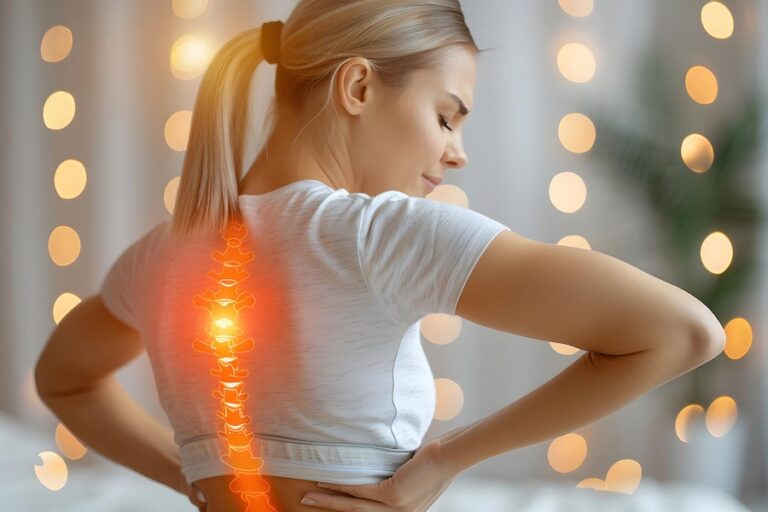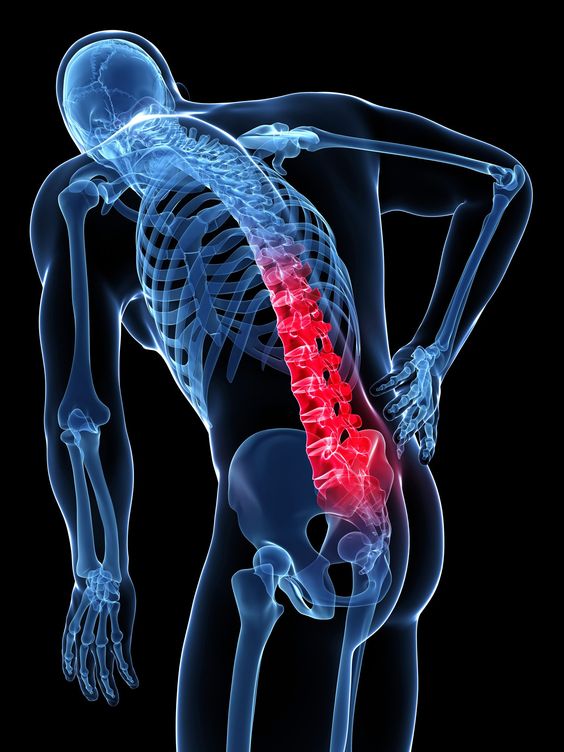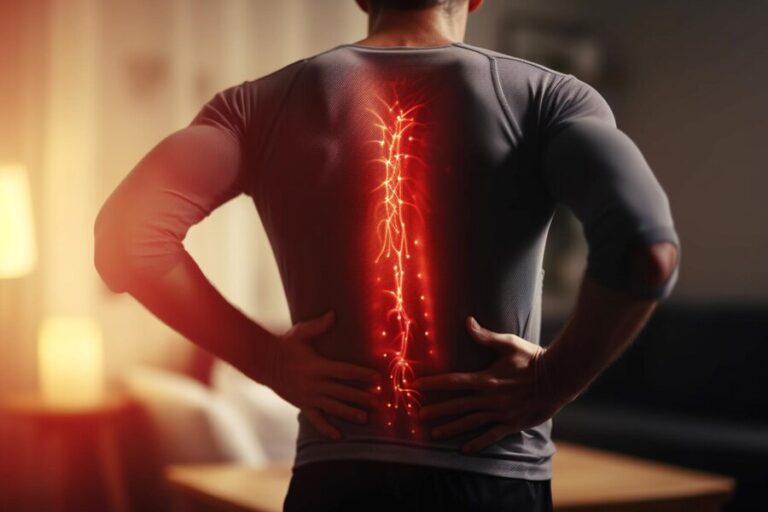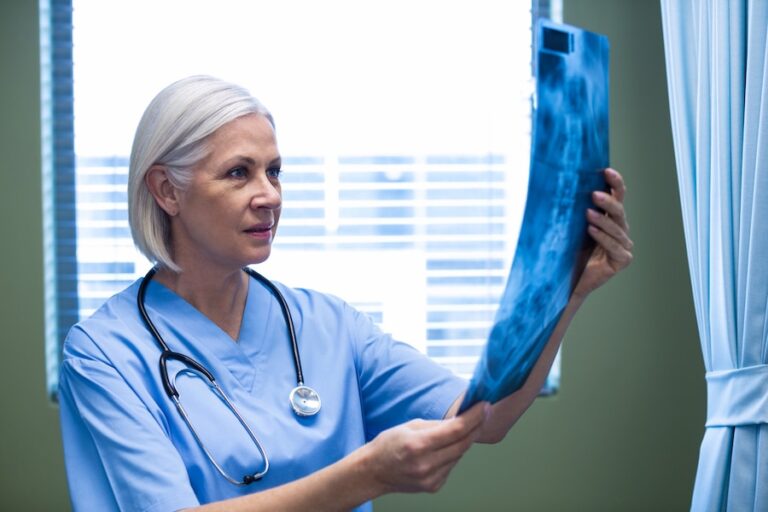Back Pain Reason
Back pain is a prevalent ailment that affects people of all ages and backgrounds, significantly impacting their daily lives. Understanding the root causes of back pain is crucial for effective prevention and management. From lifestyle choices to underlying medical conditions, a variety of factors contribute to this discomfort.
Poor Posture:
One of the primary culprits behind back pain is poor posture. Hours spent slouched over desks, hunched while using smartphones, or adopting improper lifting techniques strain the spine and its supporting muscles. Over time, this can lead to chronic pain, especially in the lower back.
Muscle Strain and Ligament Sprain:
Muscle and ligament injuries are common reasons for back pain. Overexertion, sudden movements, or lifting heavy objects without proper form can strain muscles and sprain ligaments. This is particularly common in individuals with sedentary lifestyles who engage in sudden, strenuous activities without adequate warm-up.
Herniated Discs:
Intervertebral discs provide flexibility and shock absorption by acting as cushions between the vertebrae. When the outer layer of a disc tears, its inner gel-like substance can protrude, causing a herniated disc. This condition often results in localized or radiating pain, depending on the affected disc’s location.
Degenerative Disc Disease:
As individuals age, the discs between vertebrae naturally degenerate, losing water content and elasticity. This process, known as degenerative disc disease, can lead to chronic back pain. Genetic factors, smoking, and certain occupations that involve repetitive movements may accelerate this degeneration.
Spinal Stenosis:
Spinal stenosis occurs when the spinal canal narrows, putting pressure on the spinal cord and nerves. This narrowing can be caused by conditions like osteoarthritis, leading to back pain, numbness, and tingling sensations. Aging is a significant risk factor for the development of spinal stenosis.
Structural Abnormalities:
Certain structural abnormalities, such as scoliosis (abnormal curvature of the spine), kyphosis (excessive rounding of the upper back), or lordosis (swayback), can contribute to back pain. These conditions alter the spine’s alignment, causing strain on muscles and supporting structures.
Medical Conditions:
Various medical conditions, including kidney stones, infections, and inflammatory disorders like arthritis, can manifest with back pain as a symptom. Identifying and treating the underlying medical issue is crucial for effective pain management.
Back pain is a multifaceted issue with numerous potential causes. Maintaining good posture, adopting proper body mechanics, staying physically active, and addressing underlying medical conditions are essential steps in preventing and managing back pain. By understanding the factors contributing to this widespread ailment, individuals can make informed lifestyle choices and seek appropriate medical care for a healthier, pain-free back.
To learn how to recover the back bain please click here


